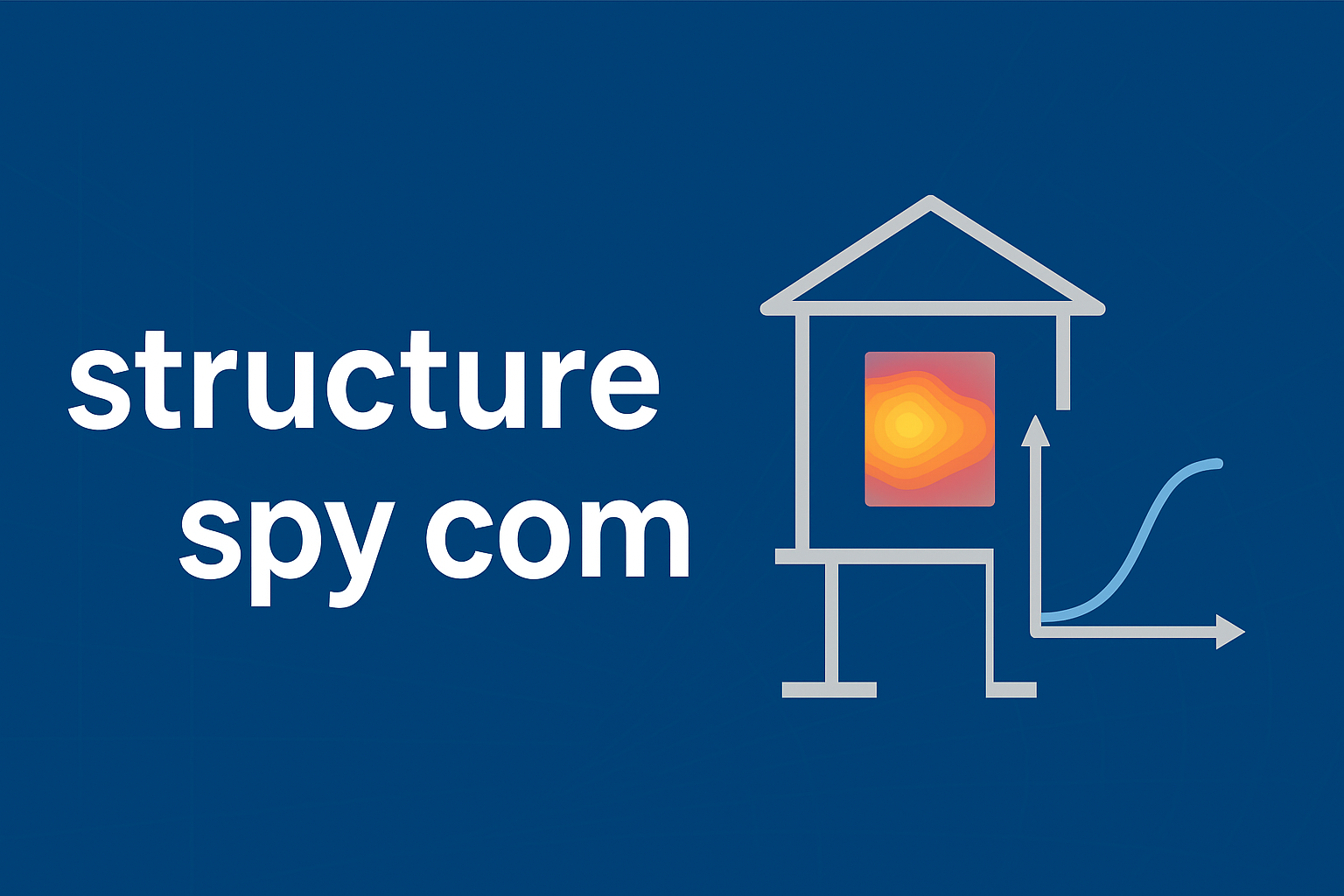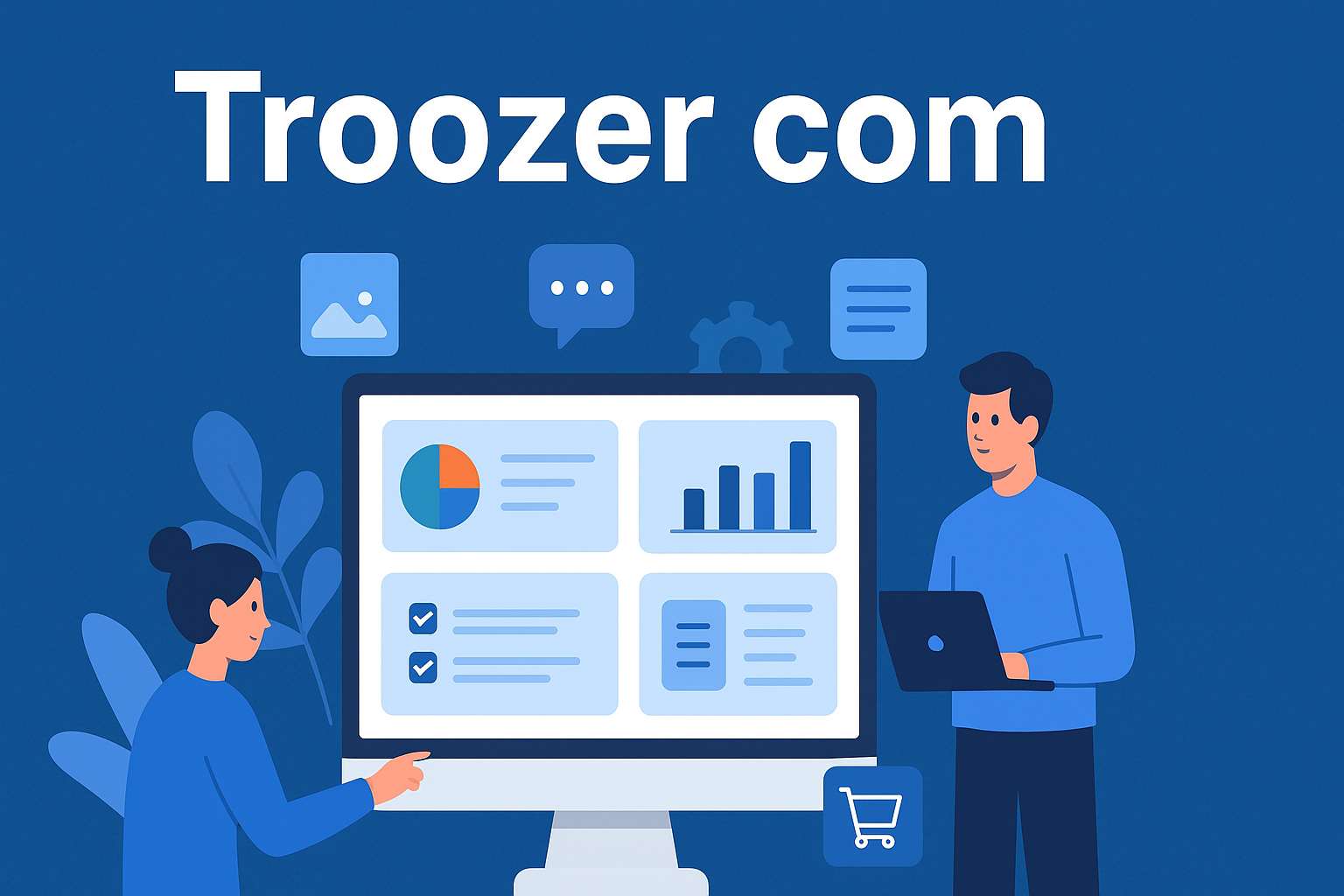In today’s digital and engineering-driven world, tools that simplify structural analysis, data visualization, and monitoring have become indispensable. Among the emerging platforms in this space, structurespy com is gaining attention as a versatile and innovative solution. Whether you are an engineer, architect, student, or digital professional, structurespy com offers a set of capabilities that help you understand and evaluate structures in both physical and digital domains.
The platform bridges the gap between traditional complex software and modern accessible web applications. With easy-to-use features, interactive designs, and real-time monitoring options, structurespy com has positioned itself as more than just a technical tool—it is a companion for learning, planning, and execution.
What Is structurespy com?
At its core, structurespy com is a web-based application designed to provide structural analysis, visualization, and monitoring. The name reflects its mission: “structure” for the framework or system being studied, and “spy” for the observation and analysis process.
Unlike traditional engineering software, which often demands high-level expertise, structurespy com focuses on accessibility. It allows professionals and beginners alike to gain insights into the behavior, strengths, weaknesses, and performance of different kinds of structures—whether they are physical like bridges and buildings or digital like systems and data architectures.
Why structurespy com Stands Out
Many structural analysis tools exist in the market, but structurespy com sets itself apart in several ways:
-
Ease of Use – With an intuitive interface, the platform reduces the learning curve. Even students or non-technical users can benefit from its features.
-
Cross-Domain Application – It is not confined only to civil engineering; users in IT, system design, and business process mapping can also utilize it.
-
Real-Time Monitoring – Unlike many traditional tools that only provide static analysis, structurespy com integrates live data monitoring for timely insights.
-
Affordability and Accessibility – Being web-based makes it cost-effective and available anywhere with internet access.
-
Educational Utility – It doubles as a teaching aid for visualizing structural concepts, making learning more interactive and engaging.
Key Features of structurespy com
Visualization and Modeling
One of the strongest aspects of structurespy com is its ability to present structures visually. Users can explore 2D or 3D models, rotate objects, and analyze stress points, load distribution, or system flow.
Structural and Load Analysis
For physical structures, the platform supports calculations related to forces, loads, and durability. This helps engineers test design feasibility before moving into the construction phase.
Monitoring and Diagnostics
The real-time monitoring feature is especially useful for ongoing projects or live systems. It can identify anomalies, detect weak points, and suggest preventive measures before serious issues occur.
Custom Reports and Documentation
Users can export reports that summarize their findings. These may include charts, diagrams, stress maps, and written analysis, which are essential for project presentations or academic submissions.
Templates and Pre-Designed Frameworks
To save time, structurespy com offers templates for common types of structures and systems. Users can customize these templates according to their unique requirements.
Security and Privacy
Protecting intellectual property and sensitive data is crucial. structurespy com incorporates encryption and access-control measures to safeguard user information.
Applications of structurespy com
Civil and Structural Engineering
Civil engineers can model beams, trusses, and frames to test how they perform under various loads. This is invaluable for early-stage design validation.
Architecture and Design
Architects can visualize their building layouts while simultaneously checking structural integrity, ensuring a balance between aesthetics and safety.
Education and Training
Students learning structural concepts benefit from interactive visualization, making theories of stress, strain, and failure more tangible.
Digital Systems and IT
Beyond physical structures, the platform can map data flows, dependency graphs, or software system architectures—identifying bottlenecks and optimization opportunities.
Small Businesses and Entrepreneurs
Businesses can use structurespy com for analyzing digital infrastructure such as websites, workflow systems, or organizational frameworks to identify inefficiencies.
Benefits of Using structurespy com
Enhances Learning and Understanding
For educators and students, the platform simplifies complex structural principles by offering visual and interactive models.
Saves Time and Costs
By spotting potential issues early in the design process, structurespy com reduces rework and resource wastage.
Supports Better Decision-Making
Its real-time monitoring and detailed reports provide data-driven insights that improve decision-making for engineers, architects, and managers.
Versatility Across Fields
The ability to use the platform for both physical and digital structures makes it relevant across multiple industries.
Promotes Collaboration
Reports and visual models can be easily shared, allowing teams to collaborate more effectively on projects.
Limitations of structurespy com
While structurespy com offers many advantages, it also comes with certain limitations:
-
Not a Full Replacement for Advanced Tools: For highly specialized engineering projects requiring complex finite element analysis, dedicated tools may still be necessary.
-
Integration Challenges: Compatibility with older CAD or BIM software might be limited.
-
Learning Curve for Advanced Features: While the basics are simple, mastering the more advanced functions may take some practice.
-
Premium Features Behind Paywalls: Certain advanced modules could require a subscription.
Best Practices for Using structurespy com
-
Start Small – Begin with simple models or templates before attempting complex designs.
-
Validate Results – Use the platform’s insights as guidance, but cross-check with traditional methods or expert opinion when working on critical projects.
-
Leverage Reports – Take advantage of the reporting tools to document and share findings with stakeholders.
-
Keep Updated – Follow the platform’s updates to make use of new features and improvements.
-
Combine with Other Tools – Treat structurespy com as part of a toolkit rather than a standalone solution for every project.
The Future of structurespy com
The potential of structurespy com is far from fully realized. In the coming years, we may see:
-
Artificial Intelligence Integration – AI could help predict failures, optimize designs, or suggest improvements automatically.
-
Augmented Reality and Virtual Reality – Future updates might allow users to experience structures in immersive environments.
-
Industry-Specific Modules – Specialized tools for bridges, skyscrapers, or IT infrastructure could enhance functionality.
-
Stronger Collaboration Features – Multi-user editing, project management integration, and cloud storage options could expand its appeal.
-
Expanded Educational Use – Partnerships with universities and training institutes might make it a standard teaching tool.
Read also: Techloomz com: A Complete Guide to Technology, Innovation, and Digital Trends
Conclusion
structurespy com is more than just another structural analysis platform—it is a bridge between complexity and accessibility. Its focus on visualization, real-time monitoring, and cross-domain applications makes it a unique tool for engineers, architects, educators, and digital professionals alike.
While it may not yet replace heavyweight engineering software for highly specialized tasks, structurespy com excels as an affordable, versatile, and user-friendly solution. Whether you are a student learning the basics of structural behavior, a professional seeking quick insights, or a business owner analyzing digital frameworks, structurespy com has something valuable to offer.
As the platform evolves, it is likely to integrate more advanced technologies and expand its reach across industries. For now, it stands as a promising and practical tool that is shaping the way we observe, understand, and optimize structures.



